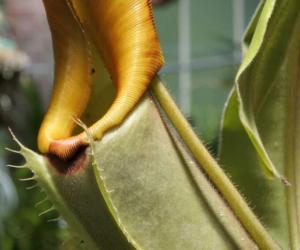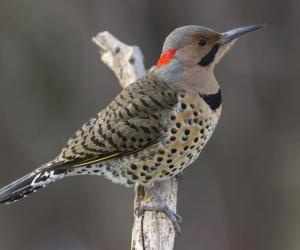Where Does The John Muir Trail Start and End?
The mountainous terrains. The ocean waves. The beautiful, blue sky. This planet of ours is special and there is only one, which is why we need to take care of it. There have been conservationists and naturalists throughout history who have advocated for more environmental action from people and governments. One such conservationist was John Muir. Considered the “Father of Natural Parks,” he advocated for land to be designated protected areas as he saw the destruction of beautiful forests and landscapes. Humans are guilty of the deforestation that has occurred all over the world and in turn, climate change is due to human activity.
Muir’s passion translated into advocating for the Yosemite and Sierra lands to become natural parks, free from any type of invasion that would destroy those stunning lands. His activism was successful and the Yosemite Valley became a national park in 1890.
In 1914, John Muir died and California wanted to do something in his honor. The government came up with the establishment of the John Muir Trail. We’re going to explore where the trail is located and where it starts and ends. We are also going to go more in-depth on the history of the trail, the wildlife living along the trail, and a little on conservationist John Muir.
History of the Trail
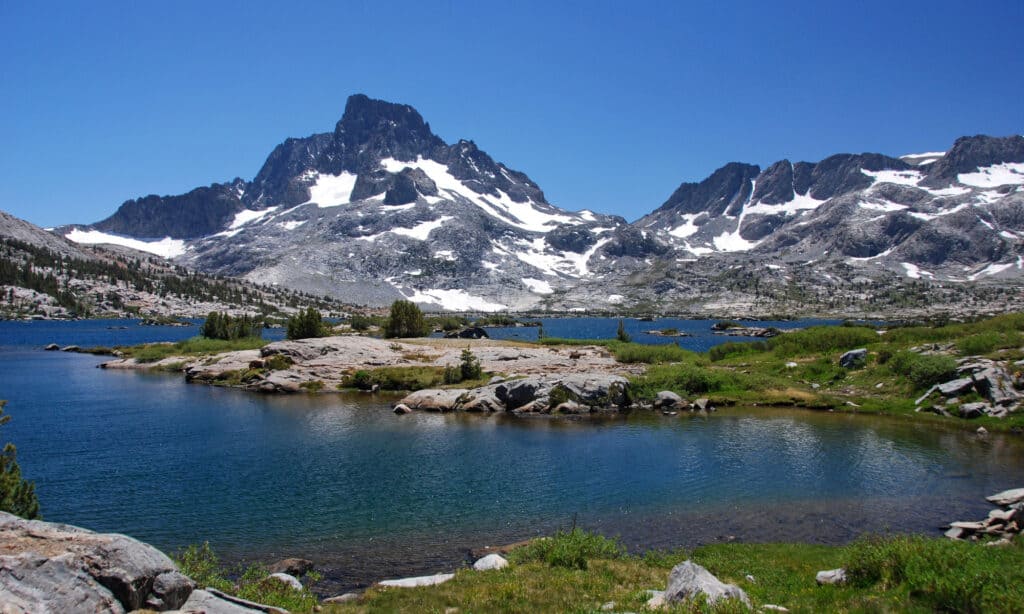
©jlazouphoto/Shutterstock.com
The idea of the trail was conceived by Theodore Solomons. He was 14 years old and was herding his uncle’s cattle when it popped into his mind. When the Sierra Club was founded in 1892, he joined and started to advocate for the construction of the trail. Several years later, other people echoed Solomons’s sentiments about a trail in the High Sierra. Both men spent years traversing the area, doing their due diligence in exploration to come back with a perfect trail for hikers and mountaineers.
In 1914, the Sierra Club joined forces with the State of California to start construction on the trail. John Muir died in December of that year. When construction began in 1915, it had already been decided that the trail would be named in his honor. The trail in its entirety took 46 years to complete.
Before Europeans arrived in the region, the Paiute people lived in the High Sierra region and used several trails for hunting and trading with other indigenous peoples. To acknowledge the Native American tribes that inhabited the area and used the ancestral trails, many organizations also called the trail Nüümü Poyo.
Start of the Trail
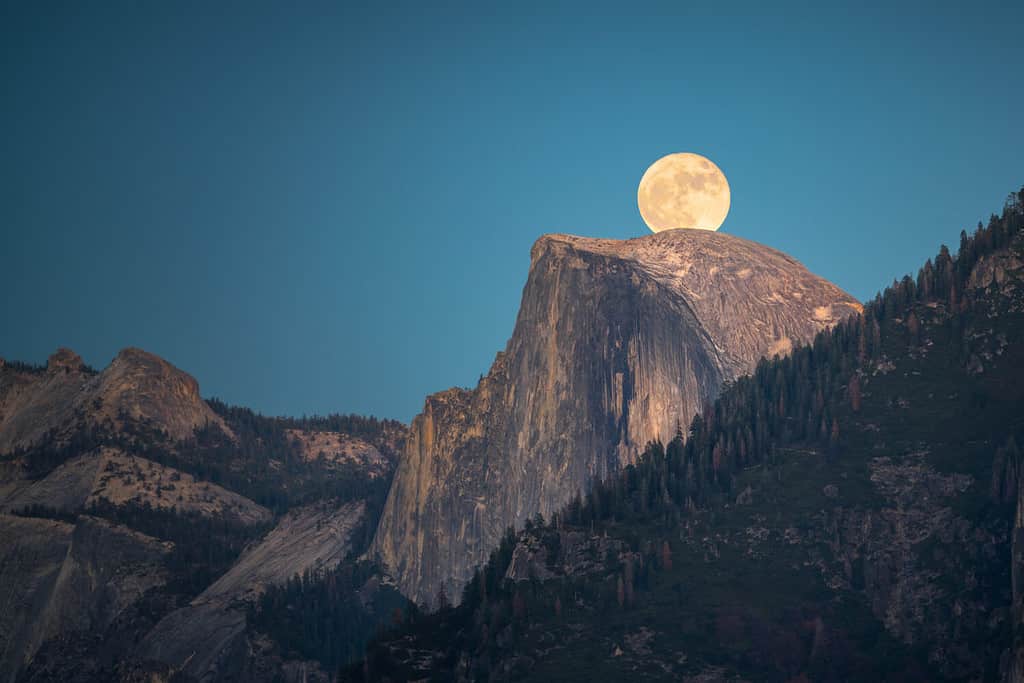
©Phitha Tanpairoj/Shutterstock.com
Like all trails, there is no start and end. You can begin at whichever terminus you want. The northern terminus is in the Yosemite Valley. The beginning of the trail on the northern side starts at the Happy Isle Bridge. The trail then goes into the Panorama Cliff, which has been dubbed as one the most dangerous portions of the John Muir trail. It then passes south of Half Dome, runs through the Cathedral Range, and then goes into the Tuolumne Meadows. From there, it goes south overlooking the Sierra Nevadas and into Yosemite National Park, as well as the Inyo and Sierra National Forests.
End of the Trail
The southern terminus is at Mount Whitney in Sequoia National Park and you can do an extra 10 miles on the Mount Whitney Trail to reach Whitney Portal and the final point of the John Muir Trail. Of course, if you start at Mount Whitney and go north, you will be able to see the grandiose Sequoias in their splendor. You will pass through Kings Canyon National Park and Devils Postpile National Monument. As you continue north you will pass through Thousand Island Lake and Garnet Lake and awe yourself in the shades of blue of the waters. Continuing north, you will pass the Ansel Adams Wilderness and finally end up at Donahue Pass to continue your journey north.
Hiking the Trail
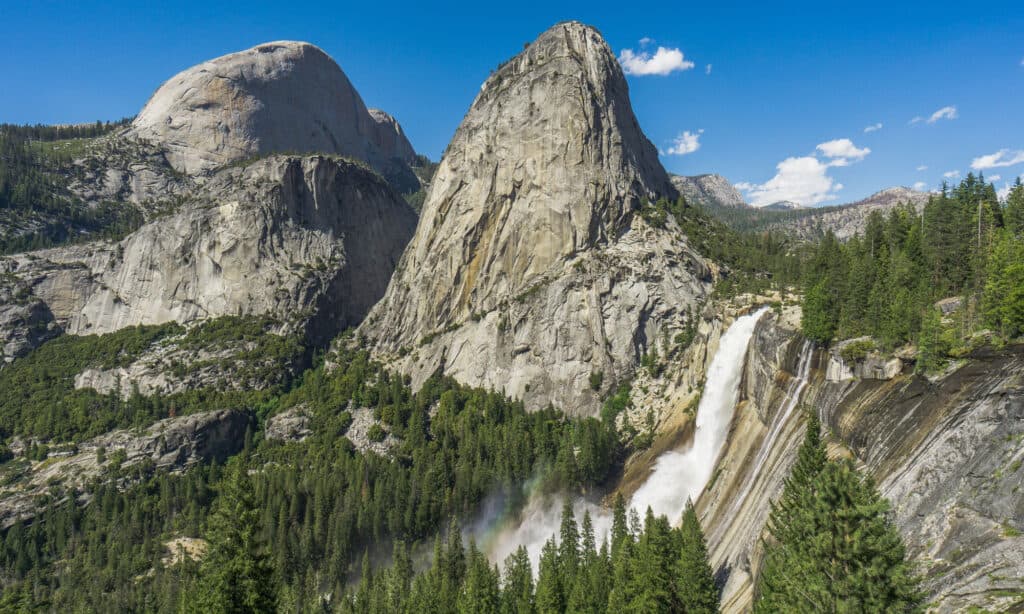
©Volkv/Shutterstock.com
You can hike the trail from July to September since the snow has melted from the winter enough to make the journey without any hazards. If you are yearning to complete the entire hike instead of doing a day hike, most hikers do the north-to-south journey. It takes approximately three weeks to complete it. To hike the trail, you must request a permit you can get from the National Park office at the beginning of each end of the trail.
Wildlife on the John Muir Trail
Wildlife is abundant on the John Muir Trail, after all, it passes 213.7 miles through forests, sources of water, and rough terrain. Besides the friends you are hiking with, you won’t be alone on your trek. There will be animals, big and small, roaming around that will make appearances.
The mammals on the ground you can spot while hiking include black bears, beavers, foxes, chipmunks, squirrels, wild boars, coyotes, deer, and cougars, among others. When it comes to reptilian animals and amphibians, make sure you look out for several species of frogs, salamanders, and lizards. Watch out for some dangerous snakes, as there are several poisonous ones slithering through the area. If you are an avid birdwatcher, there are 145 species of birds you can spot during your hike. They include woodpeckers, robins, owls, blackbirds, ducks, and hawks.
About John Muir
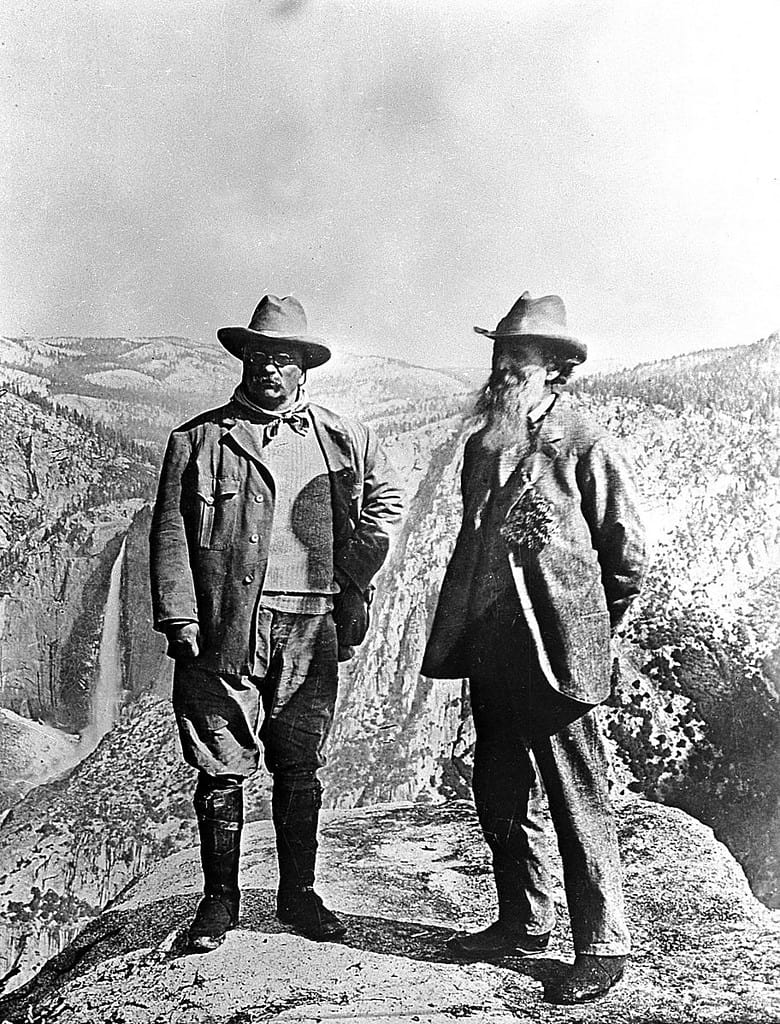
©Wellcome Images, CC BY 4.0 – License
John Muir was born on April 21, 1838, in Dunbar, Scotland. His family emigrated to the United States when he was 11 years old and settled in Wisconsin. He then went to the University of Wisconsin-Madison where he fell in love with botany. Muir did not graduate and instead went to Canada, Indianapolis, and Cuba. He did a 1,000-mile walking expedition from Kentucky to Florida, which he wrote about his experience in his book, “A Thousand-Mile Walk to the Gulf.” Muir settled in San Francisco in the late 1870s.
He married in 1880 and lived near San Francisco in Martinez, CA. And during those years he did a lot of exploring around Yosemite and the Pacific Northwest. In the 1880s, he began advocating for more preservation of lands. He advocated greatly for the Sierra and Yosemite areas to become national parks. Muir finally was successful when Congress passed a bill proclaiming the Yosemite National Park in 1890. He started the Sierra Club in 1892, advocating for the environment regularly in California and nationwide.
In 1903, President Theodore Roosevelt and Muir went on an expedition through Yosemite, which was a life-changing experience for Roosevelt. John Muir died on December 24, 1914, in Los Angeles, CA, aged 76.
Conclusion
Known as “America’s Most Famous Trail,” the John Muir Trail is a 213.7-mile hike that passes through extraordinary landscapes. Once you think you may get to a “boring” part, the trail will surprise you. The alpine forests, the snowy mountain peaks, the Nevada Fall, the deep blue Thousand Island Lake — all of these are gorgeous views you can take in as you hike the trail.
At the end of the day, when you are sitting by the fire at your campsite drinking your hot chocolate, think back at what you did. The stunning views, the beautiful Robin’s egg blue sky, and the wild animals roaming around — it’s all part of the beauty that John Muir fought to conserve. His legacy lives on in the national parks he helped establish. The existence of the John Muir Trail and the beautiful wilderness surrounding it would not have been there if it hadn’t been for John Muir and his dedication to the environment.



